When Digital Bridges Cross Islands: Inside PNG’s Polio Response Campaign
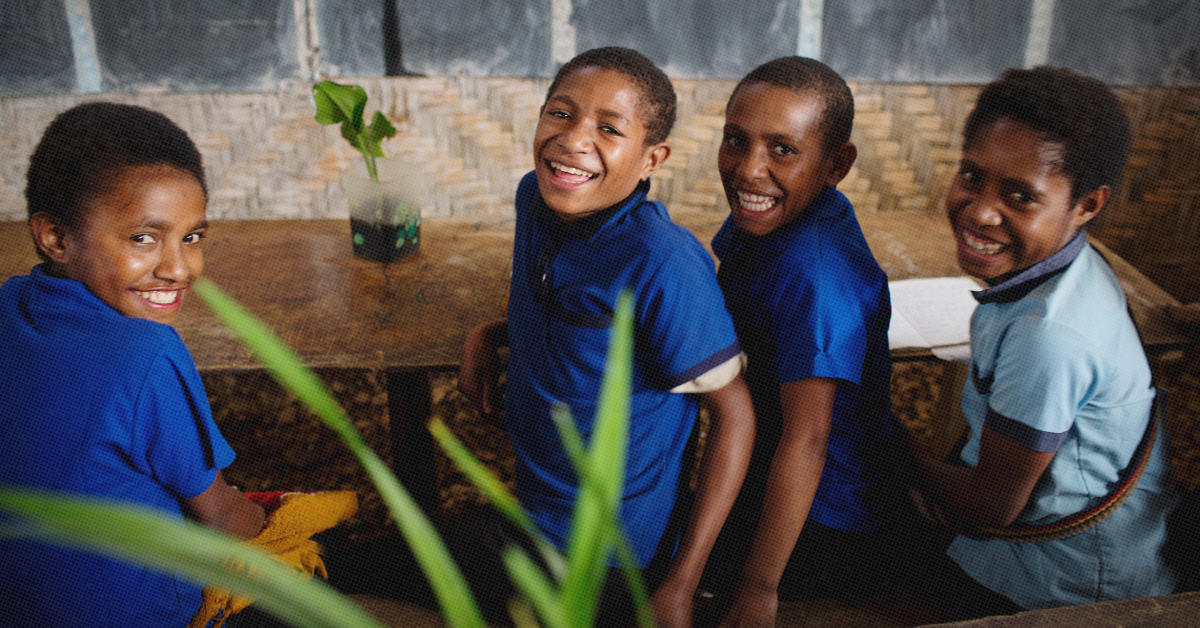
When Papua New Guinea confirmed its first polio outbreak in seven years this May, the Digital Community Engagement team faced a daunting puzzle wrapped. How do you mobilize parents to vaccinate their children in a country where the most used social media platform has just been banned, over 100 languages are spoken, and many families hadn’t heard the word "polio" in a generation?
The answer lays in adaptive strategy. The PNG campaign would become a masterclass in in how DCE combines constraints, creativity, and community understanding — adaptive strategy — achieving five times its reach targets despite being one of the most challenging digital environments in the world.
A Perfect Storm of Challenges
Environmental surveillance had detected circulating polio virus in Lae and Port Moresby, with only 44% of children nationally fully immunized.
But the digital barriers were just as daunting: internet penetration at 24%, mobile access uneven across islands, and a nationwide Facebook ban removing the main platform used by 1.3 million people. "Our platform options were quite limited from the start," explains Emanuele Cidonelli, Digital Communication Specialist. "TikTok wasn’t available in PNG, and the Facebook ban meant we had to focus our strategy on Google and Meta platforms while considering how people were accessing these through VPNs."
Perhaps most significantly, PNG presented what Emanuele describes as a complex set of challenges on multiple fronts. "PNG had been polio-free for so long that we were essentially starting from scratch with awareness," he explains. "Unlike other outbreak contexts where communities have recent memory of polio, here we had to build understanding of the disease itself before we could even talk about prevention."
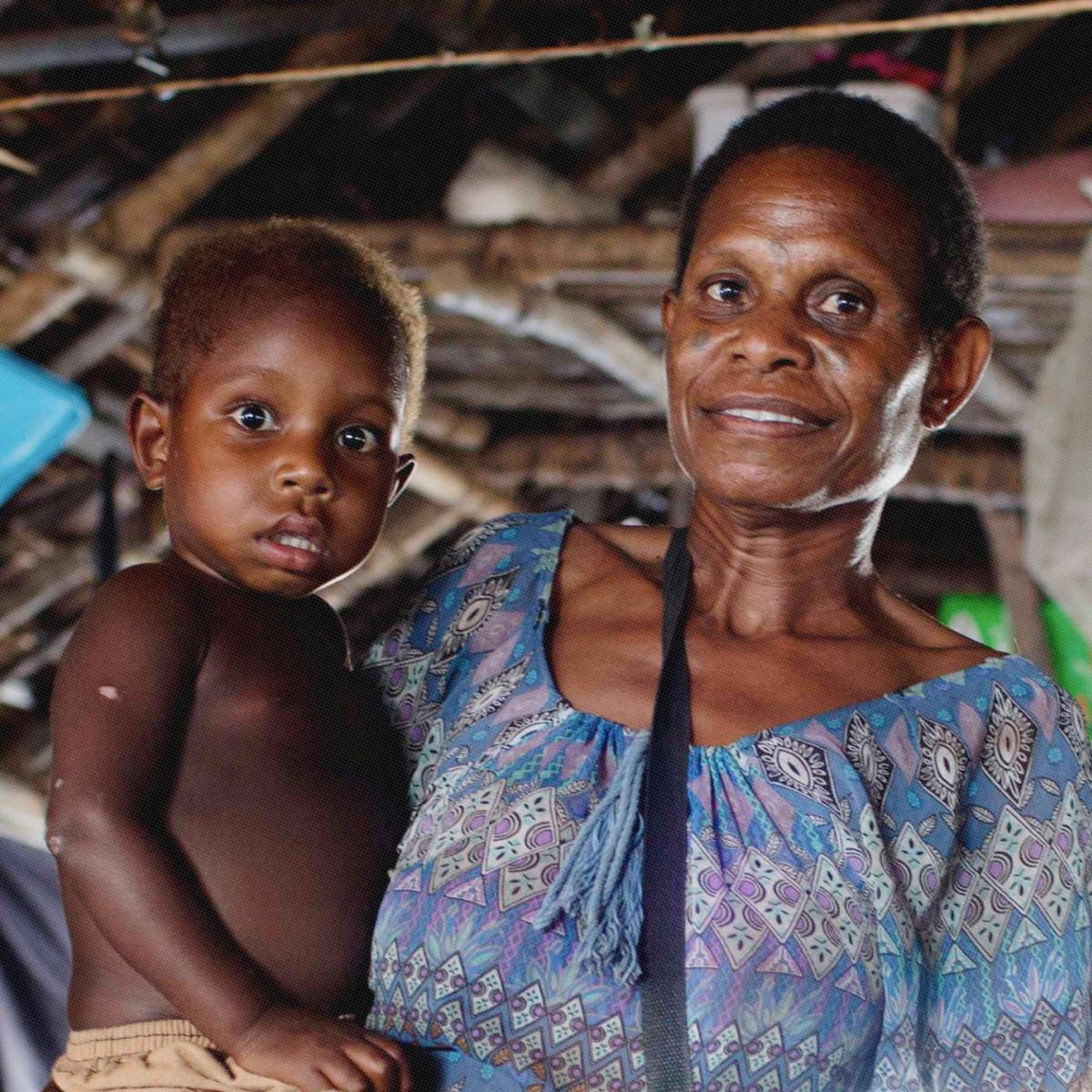
Strategic Precision Under Pressure
The team recalibrated quickly:
- Audience targeting narrowed to parents and caregivers aged 18–40, the most likely mobile-first users.
- Platform mix shifted to Meta, YouTube, and Google Display, based on actual reachable audiences.
- Language adaptation became central: with platforms unable to target Tok Pisin directly, all content was produced in both English and Tok Pisin with local voiceovers to ensure resonance.
“Every impression mattered,” notes Adnan Shahzad, UNICEF DCE Lead. “In countries with such limited reach, we can’t afford wasted targeting.”
From Analysis to Action: Building Awareness in a Polio-Free Generation
The most crucial insight driving the PNG campaign came from a sobering realization: an entire generation of parents had grown up without seeing polio’s devastation. Unlike countries with recent outbreaks where families understood the stakes, PNG required a fundamentally different approach. Instead of jumping to vaccination calls, messaging followed a three-phase journey:
- Awareness — “Polio is spreading in PNG. It can paralyze children for life.”
- Empowerment — “Polio vaccine is safe, quick, and free. All children under 10 need it.”
- Integration — “Protect your child from polio and access other free health services.”
Visuals mirrored the phases, moving from stark contrasts of healthy children and paralysis warnings, to reassuring images of vaccination, to broader child health promotion.
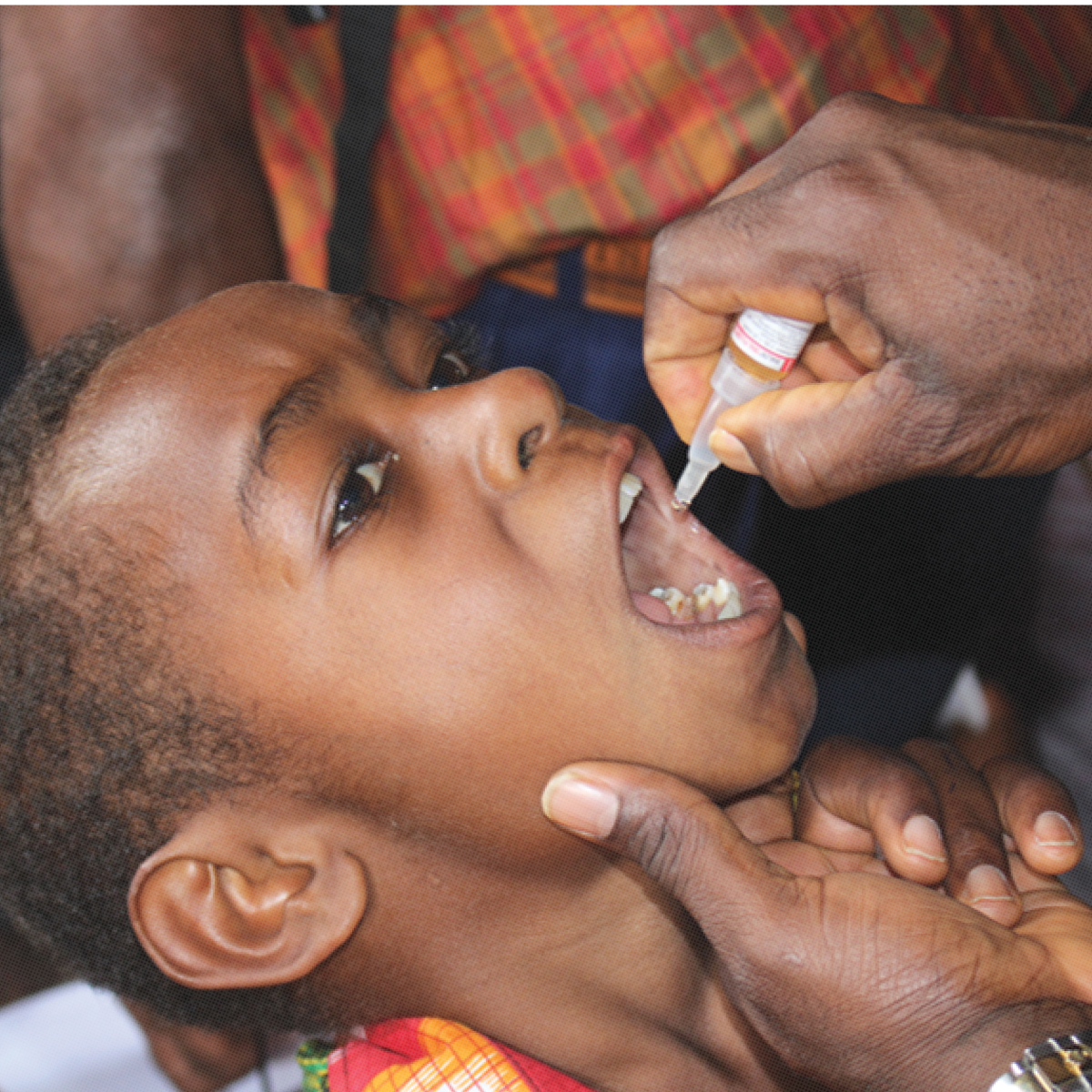
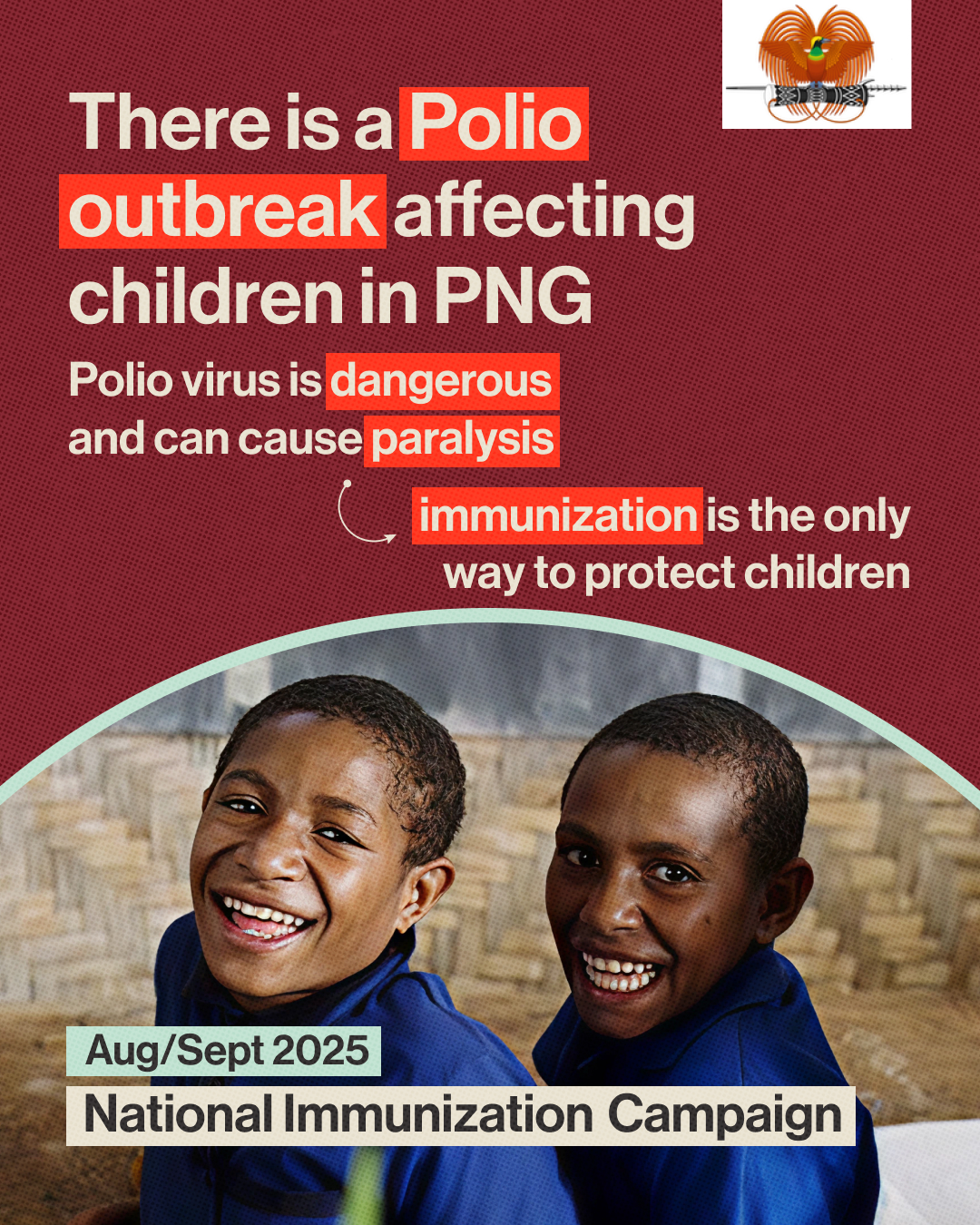
Phase 1 - Awareness and Urgency
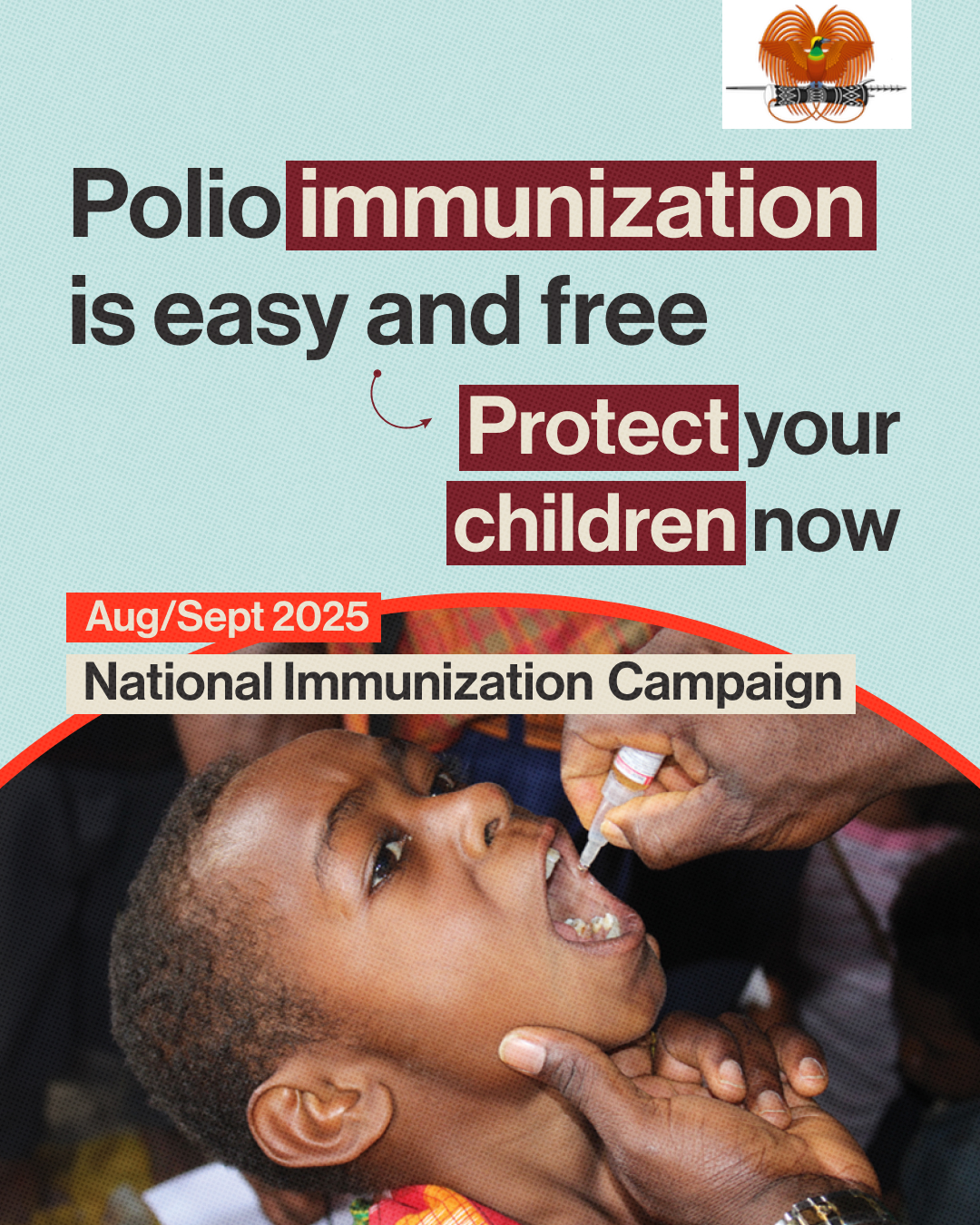
Phase 2 - Simple Action
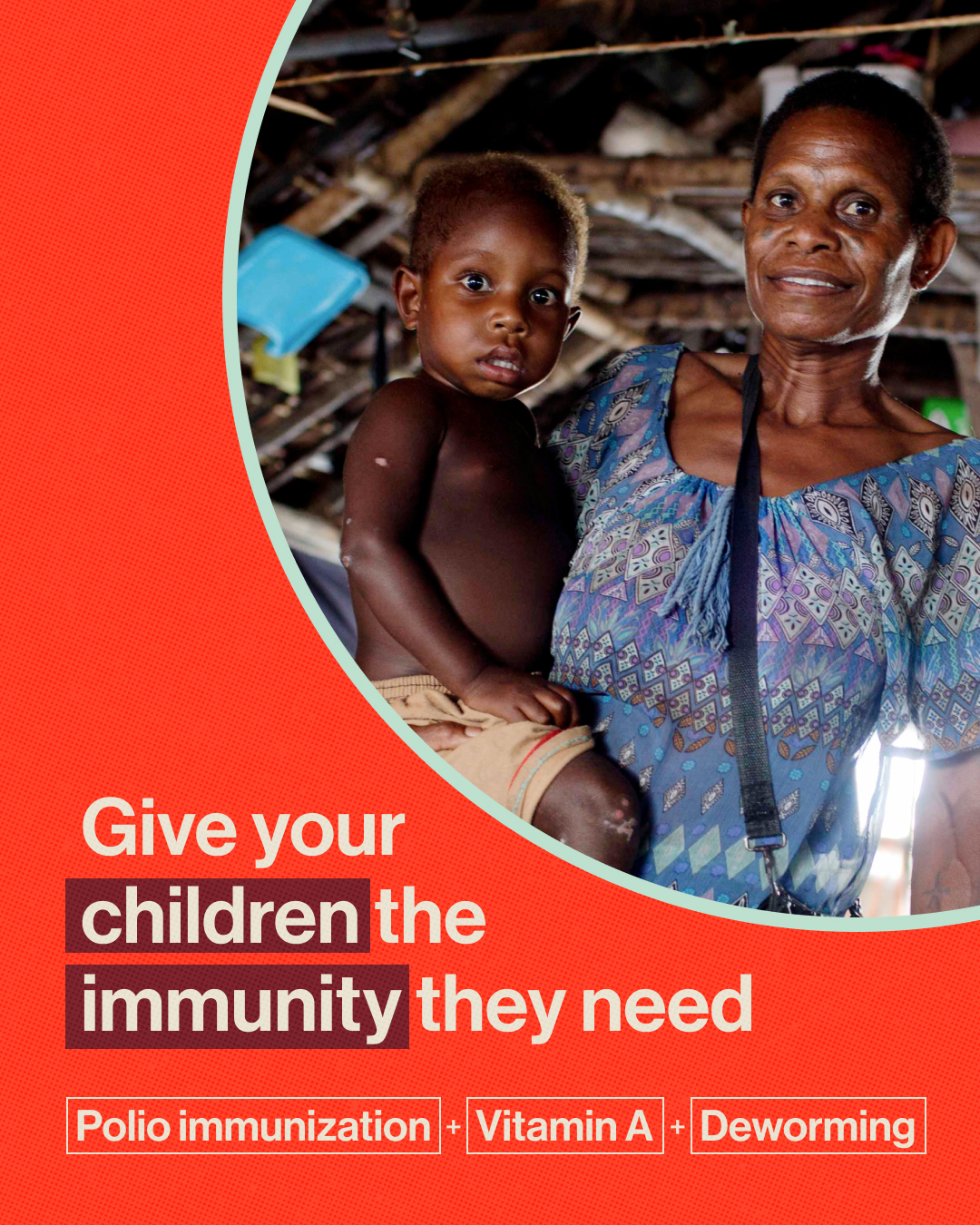
Phase 3 - Free Protection for Children and Community
Real-Time Adaptation in Action
With real-time monitoring, the campaign continuously adjusted messaging and media allocation. The result:
- Target reach: 635,000 → Achieved: 1.33 million
- Fivefold increase over expectations
- Engagements and clicks driven to landing pages available in both English and Tok Pisin
The campaign’s call-to-action drove traffic to a specially designed landing, available in both English and Tok Pisin to ensure accessibility across PNG’s linguistic communities. The page featured compelling visuals of PNG families and clear, accessible explanations: "Papua New Guinea has been free from polio for years. Our children were safe from this dangerous disease. Now, polio has returned to some parts of our country. This is serious, but we can stop it together."
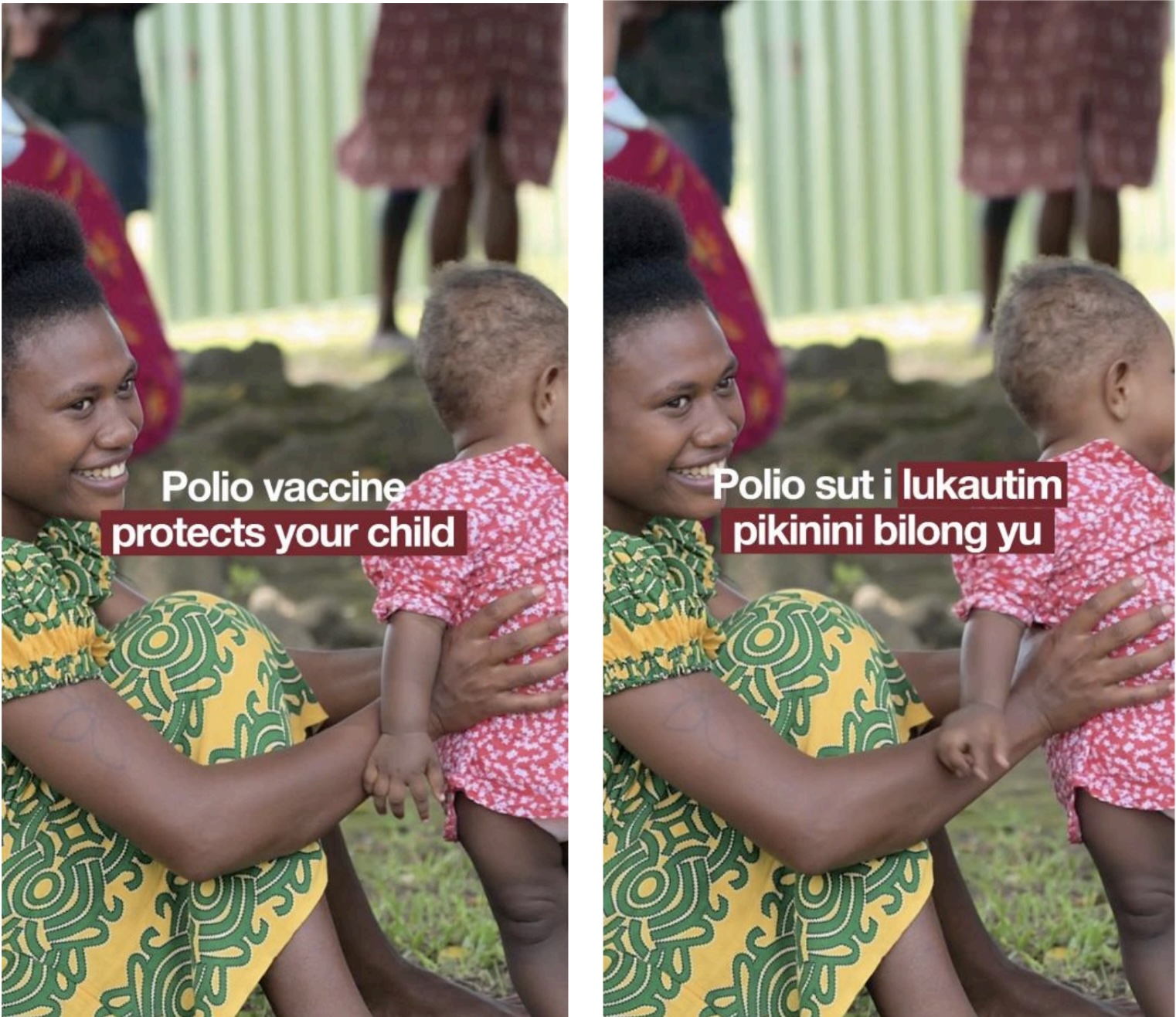
Lessons for Digital Health Engagement
PNG’s campaign shows what’s possible when digital strategy is grounded in local realities:
- Platform flexibility is essential when access shifts suddenly.
- Message sequencing builds knowledge and trust step by step.
- Integrated health offers increase value and participation.
- Local alignment with country offices ensures digital content supports on-ground campaigns.
Above all, it proves that effective digital engagement is not about scale or resources, but about contextual adaptation.
As PNG prepares for a second vaccination round in October, the bridges built across its islands — digital and human — offer more than immediate outbreak response. They show how DCE can turn even the toughest digital landscapes into opportunities for connection, trust, and action.
The PNG campaign stands as a blueprint: listen first, adapt smartly, act locally — and impact follows.
Stay informed about the latest developments in digital community engagement and polio eradication efforts by subscribing to the monthly DCE Newsletter for insights, updates, and innovative approaches from the field. Subscribe

